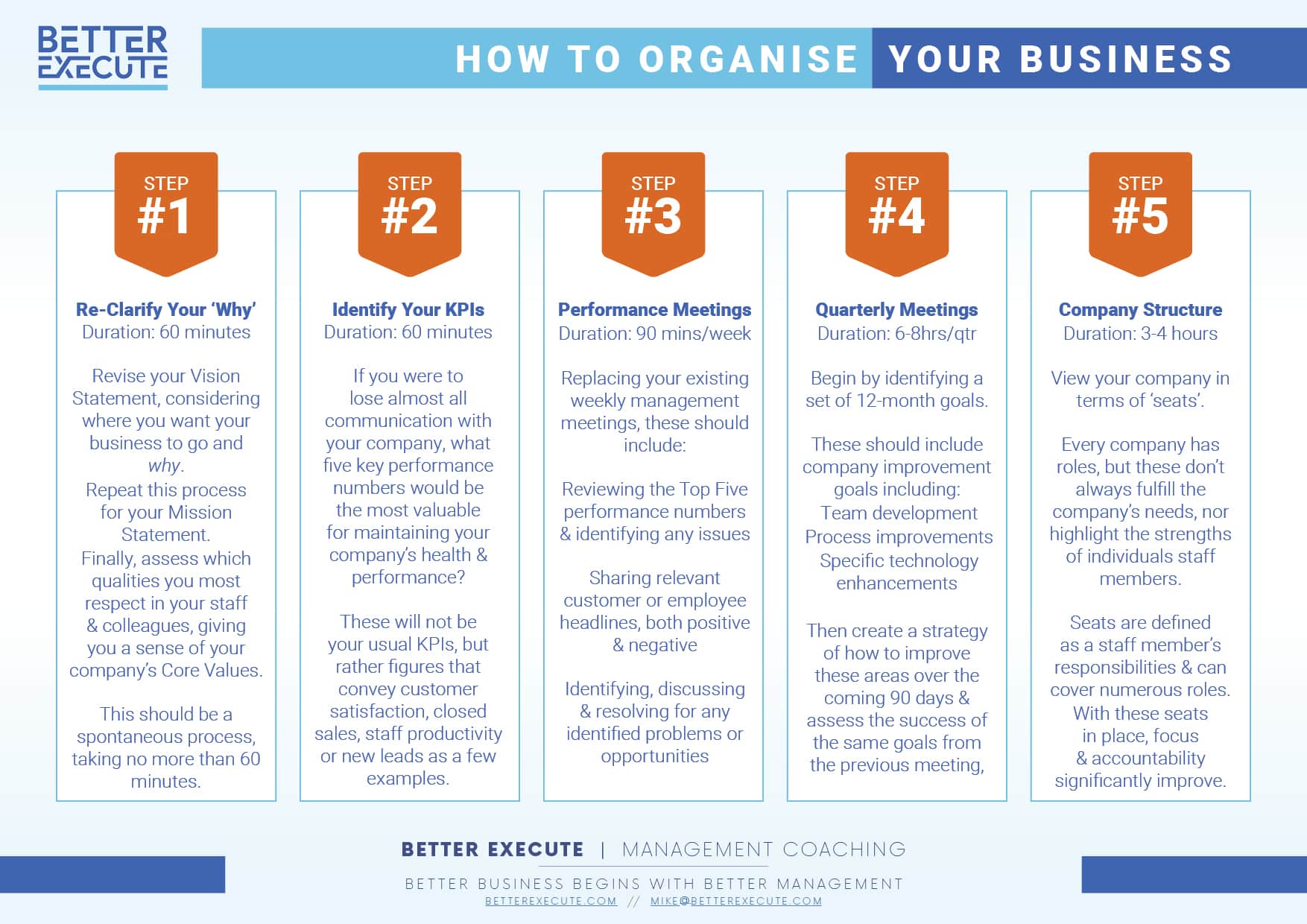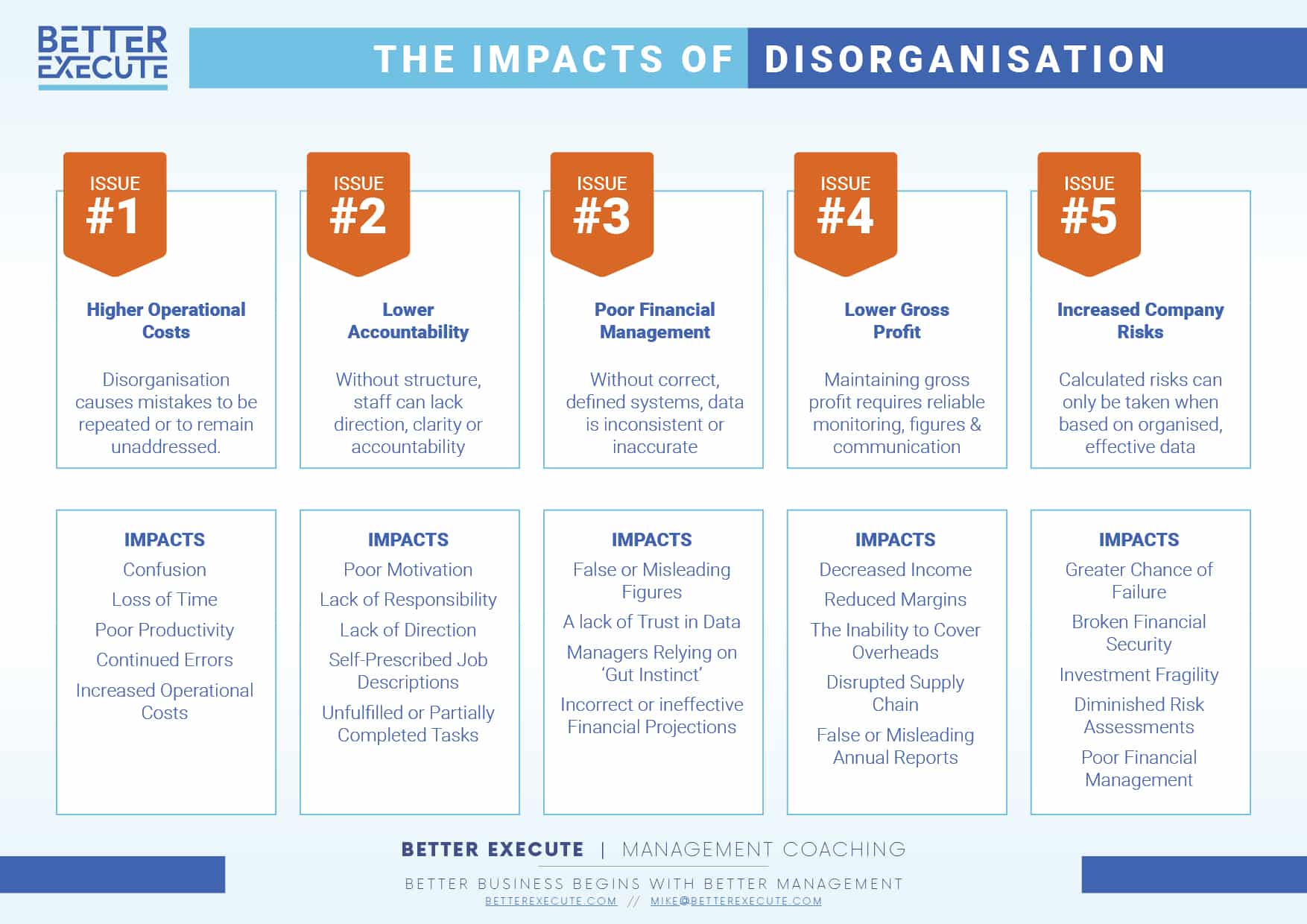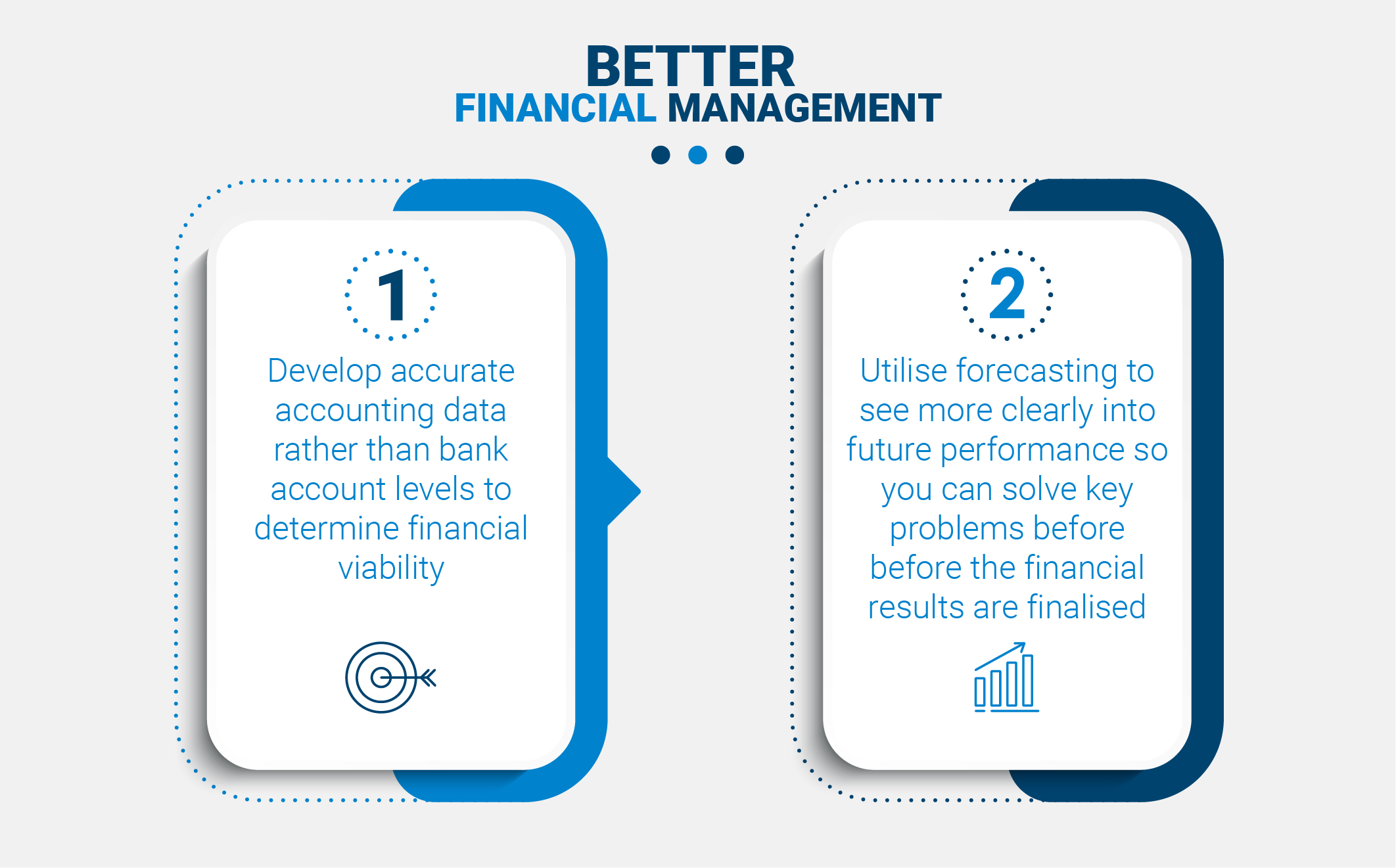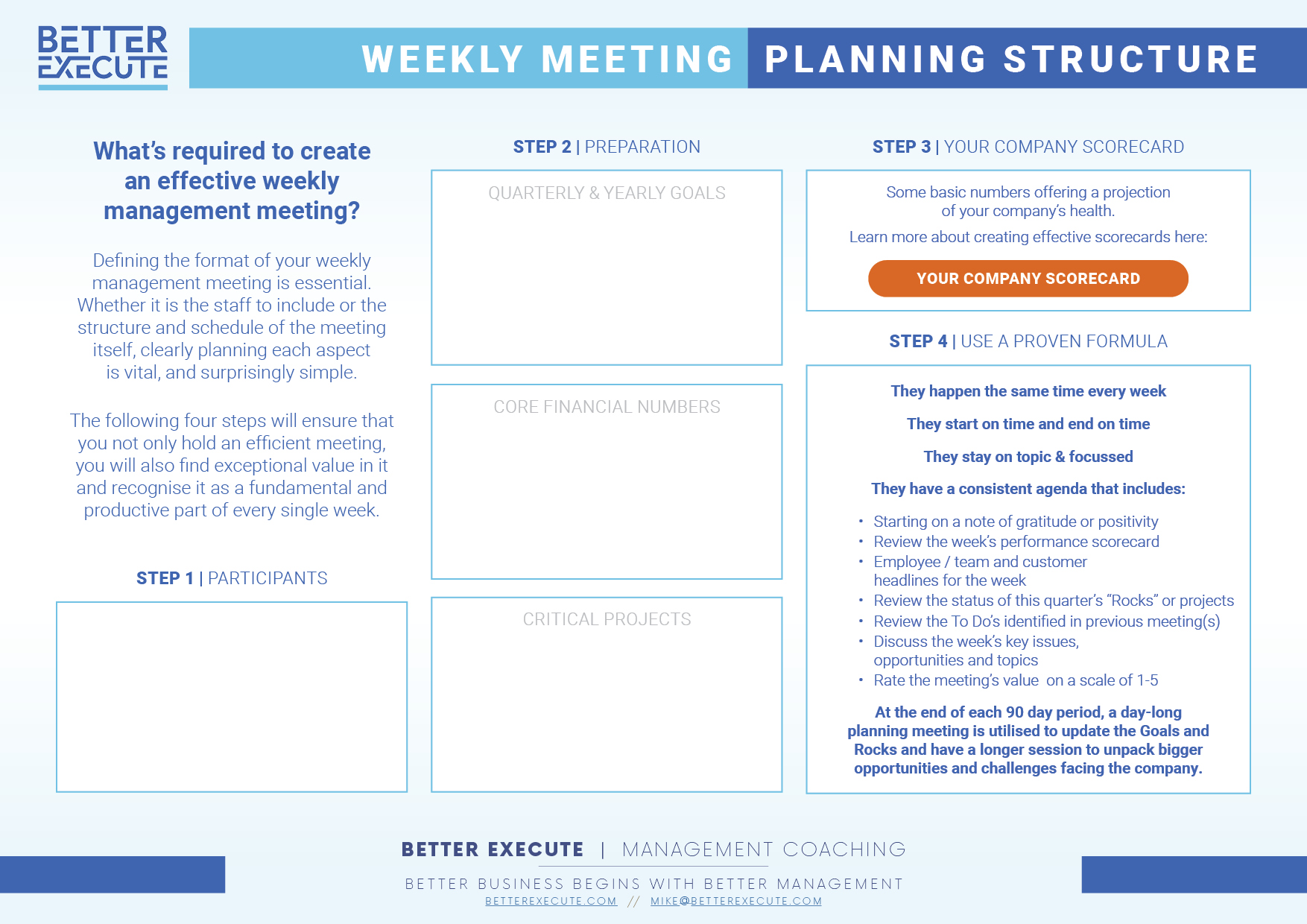When we feel pressure to achieve business results, such as greater revenue or profitability, we often opt for quick and immediate action – that’s even what productivity specialists advise.
While there is truth in the adage, “the only thing worse than a bad decision is no decision”, those kinds of adages don’t always apply and it can save you a lot of time, money and frustration when you understand when the situation is right for a quick decision and when it makes more sense to “measure twice and cut once” to achieve better business results.
We all want to be effective business leaders. Somewhere on the entrepreneurial journey most of us develop a belief that spending money to solve a problem or to get desired business results is a productive action. And although investments of time and capital are required to achieve results, we get lured into believing that because we’ve spent some money we assume the issue is resolved or the result will be reached. This mindset is often the reason many entrepreneurs never obtain the results they are wanting and run out of money trying.
The goal of this article is to remind us that while quick and decisive actions are good, they need to be balanced with clarity of outcome, simplicity of strategy, and other things that may require time but allow for better long-term business results. There is a reason why one of President Lincoln’s most famous quotes is, “If I only had an hour to chop down a tree, I would spend the first 45 minutes sharpening my axe.”
Here are three scenarios where a Ready, Fire, Aim approach hurts you and undermines your business results:
Business Result #1: Spending Marketing Dollars
Marketing is likely a painful concept for you if you are like most business people. And like all painful things, we do our best to avoid the topic as much as possible. When the need arises to obtain more clients or increase our brand awareness we tend to delegate the work to external marketing agencies.
We do this in an attempt to avoid the discomfort of working within the marketing arena and hoping that people outside of our company will understand the nature of our products and services.
Where the Ready, Fire, Aim approach normally rears its head is in selecting an agency to work with. We begin interviewing prospective marketing agencies before we have clarified some key data points.
One of these is who our core customer or buyer persona is. It is not rocket science to figure out what our best customers look like. Even if you aren’t comfortable with the exercise, a quick Google search on ‘Best Buyer Persona Questions’ will provide numerous examples on how to clarify who your desired customers are.
Often these details will affect what agency you are looking for and how to investigate whether an agency has had success with marketing in your specific field of business Selecting an ill-fitting agency will often cost you up to a year of time and thousands of dollars, often completely failing on your business results.
Business Result #2: Hiring a New Employee
There seems to be a global acceptance that it is impossible to know whether a new employee will ultimately be a good fit in an organisation. This sentiment makes it easy for people to want to take the Ready, Fire, Aim approach in hiring new team members. Where this breaks down is when that strategy undermines the need to have a clear job description identified and precisely what the position entails.
This usually incorporates three specific areas:
- What business results the position is accountable for producing
- What the key activities are for the position
- What Key Performance Indicators (KPIs) define whether the role is being performed at a satisfactory level.
When we are clear on what the role needs to produce for results we will have a greater understanding of the skillset required of a new employee.
This has two specific outcomes. On the one hand, it may discourage applicants, but these will likely be unable to achieve the desired business results. On the other, it will provide clarity for applicants, displaying the true breadth of a position that could initially be perceived as minimal. Either way, it promotes greater clarity of the position, often saving you time and money in interviewing people who aren’t a good fit ever being hired in the first place.
Once again, an ounce of prevention in the form of a more developed job description is worth more than a pound of treatment once someone has been hired into a position they may be inadequate for.
Business Result #3: Building Effective Teams
With so many team-building products and services out there, it is easy to fall into a Ready, Fire, Aim mindset, purchasing something promoted to build well-functioning teams. Once again, prior to purchasing something that could help you and your team achieve better business results, it is important to clarify what you are wanting to accomplish with your team dynamics.
A team whose performance is impacted by a lack of trust is quite different from a team that is struggling with accountability or fear of conflict. Yet, with the Ready, Fire, Aim mentality; we purchase 360-degree reviews and Myers Briggs tools simply because it is marketed as the team-building solution.
Less is more with most business activities. When time is spent clarifying ‘what’ specifically we are wanting to accomplish, the ‘how’ will often reveal itself in more practical ways than simply purchasing an ad hoc product or service. The extra time spent initially will be time saved tenfold, and more than compensated for in business results.
That is what Lincoln is talking about when sharpening his axe. A little more effort in clarifying what to aim at will pay dividends on the value obtained when firing your shot.
We hope this article helps you find a bit more patience with the effort of aiming and that your shots in business generate more value for you both professionally and personally.
As always, enjoy the process!




















